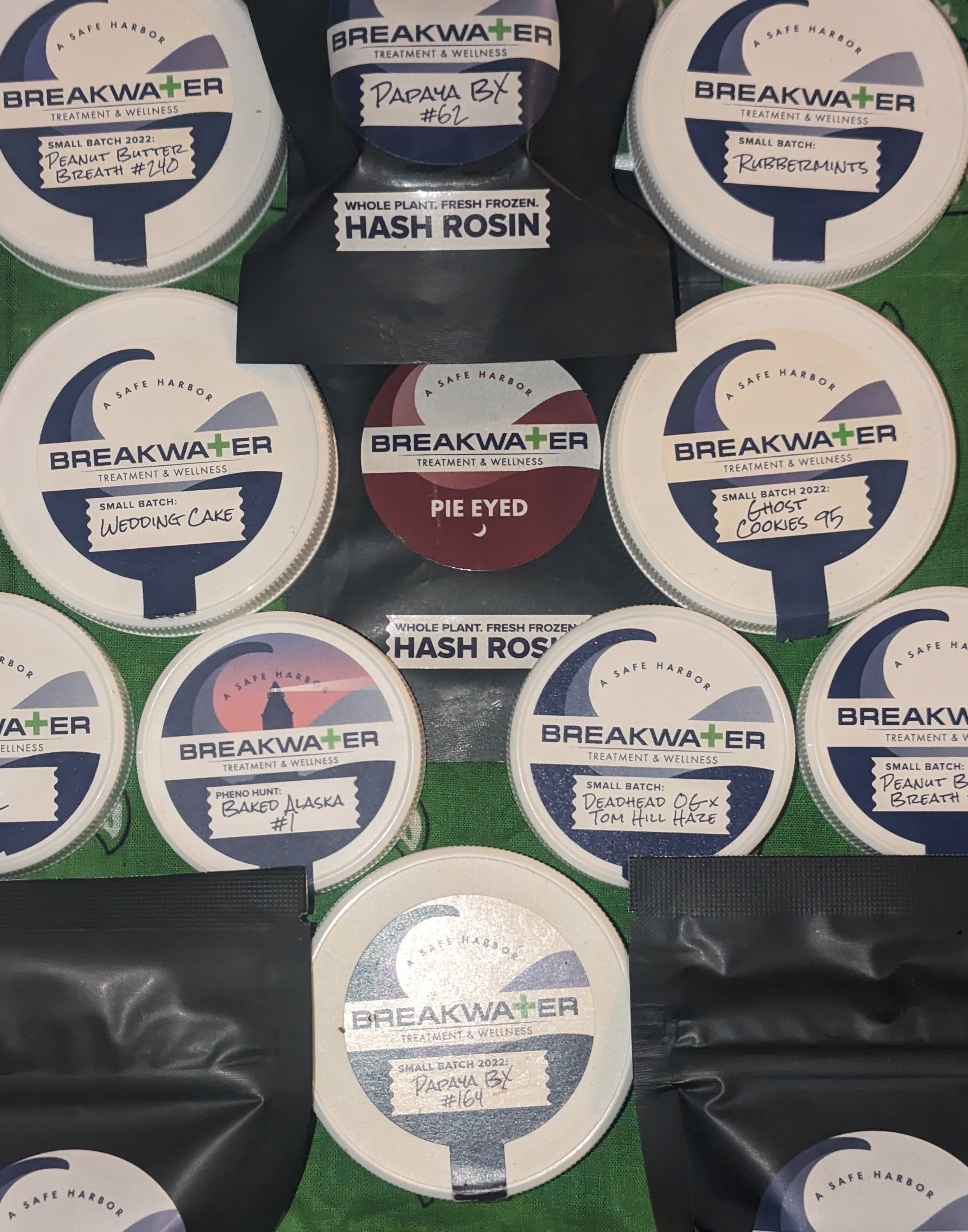

My status is “Fuck you!”. Good enough?


My status is “Fuck you!”. Good enough?

https://www.law.cornell.edu/uscode/text/18/1543
It’s a federal ID, not a state ID. I assume that makes it a federal crime based on that link above.
It was super easy to make a fake ID out of my passport when I was a kid. I scanned the photo page, Photoshoped it and printed it out on a color printer. I cut out the picture on the printout with a razor, covered it with a lamination sheet and stuck it on top of the real ID. After a quick trim, nobody could tell the difference.
The real trick was that hardly anyone uses a passport as an ID at a bar so bouncers and bartenders didn’t know what to look for in a fake. (It still looked very real for what was almost 25 years ago or more.)
They seem safer as well. I stumbled across a few reviews while I was researching proper studio headphones and they seem ideal.
This video is a little commercial-like and I usually watch his music production videos, but it’s good enough for what we are discussing: https://youtu.be/0VOWmbFkFzs?si=FDUmN3lAa7SEtr9x


All good! It’s the same situation as I described and I see that increasing temps did help. It’s good to do a temperature tower test for quality and also a full speed test after that. After temperature calibration, print a square that is only 2 or 3 bottom layers that covers the entire bed at full speed or faster. (It’s essentially a combined adhesion/leveling/extrusion volume/z offset test, but you need to understand what you are looking at to see the issues separately.)
If you have extrusion problems, the layer line will start strong from the corners, get thin during the acceleration and may thicken up again at the bottom of the deceleration curve. A tiny bit of line width variation is normal, but full line separation needs attention.
Just be aware if you get caught in a loop of needing to keep bumping up temperatures as that starts to get into thermistor, heating element or even some mechanical issues/problems.


I am curious as to why they would offload any AI tasks to another chip? I just did a super quick search for upscaling models on GitHub (https://github.com/marcan/cl-waifu2x/tree/master/models) and they are tiny as far as AI models go.
Its the rendering bit that takes all the complex maths, and if that is reduced, that would leave plenty of room for running a baby AI. Granted, the method I linked to was only doing 29k pixels per second, but they said they weren’t GPU optimized. (FSR4 is going to be fully GPU optimized, I am sure of it.)
If the rendered image is only 85% of a 4k image, that’s ~1.2 million pixels that need to be computed and it still seems plausible to keep everything on the GPU.
With all of that blurted out, is FSR4 AI going to be offloaded to something else? It seems like there would be a significant technical challenges in creating another data bus that would also have to sync with memory and the GPU for offloading AI compute at speeds that didn’t risk create additional lag. (I am just hypothesizing, btw.)


I suppose you are correct. If the bit isn’t structural, it doesn’t need to pass any test for microcracks. If it is structural and it passes testing, YOLO that shit.
It’s just the core frames that need serious attention though. I don’t think I have been around a single aircraft that wasn’t constantly bleeding some kind of fluid, so everything else not related to getting the thing in the air and keeping it from completely disintegrating while in flight is mostly optional. (I am joking, but not really. Airplanes hold the weird dichotomy of being strangely robust and extremely fragile at the same time.)


And there are significant technology differences. The new upgrade will be the B-52J or K.
Proper aircraft maintenance cycles are intense, so it would surprise me if any of airframes we use now have 1952 original parts. Aircraft are subject to lots of vibration and the aluminum in B-52s will eventually stress-crack because of it. (It wouldn’t surprise me if composites were added in many places instead of aluminum replacements, but that is just speculation.)
Also during those maintenance cycles, it’s much easier to do systems upgrades since the aircraft is basically torn down to its frame anyway.
It’s the same design to what we had in 1952, but they ain’t the same aircraft, philosophically speaking.


I’m down with that logic, but the bot is just going to keep doing its botty things.


Putin has been saying NATO was already at war with Russia, so what is it, bub? You can’t start a war that is already started, supposedly.
Hell, there was even a Ukrainian video released from Kursk of some old dude telling Ukrainian soldiers that he expected US troops… because the TV said it was the US that was invading Russia.


Report it. (New account, blog spam, funky domain, poorly configured server, etc.)


You were right for once, bot. Too bad that is a rare occurrence.


I concur, doctor. I’ll report all its posts and let the mods decide what they want to do.


Ok, cool. Usually those are attached to random sales fronts to boost SEO or something like that. Odd that this one is just blog spamming into the void and getting boosted here, of all places.
It doesn’t seem harmful, but I don’t understand the motivation behind it yet.
Could be a reputation bot here on Lemmy, maybe. That makes sense on Reddit where there is visible karma, but here? (I dunno how kbin works or if it is karma driven. I just noticed that…)


Dunno. Something-something The Freedom Project.
This page (hxxps://freebird-bg0.pages.dev/) is just a generic Hello World page, so that is weird. The title link is just hxxps://orion.pages.dev/
Imma dig deeper and see if I can find anything. First guess is it’s just an AI bot?


185C is cold for PLA. It may work for slow prints, but my personal minimum has always been around 200C and my normal print temperature is usually at 215C.
Long extrusions are probably sucking out all the heat from the nozzle and it’s temporarily jamming until the filament can heat up again.
Think of the hotend as a reservoir for heat. For long extrusions, it will drain really fast. Once the hotend isn’t printing for a quick second, it will fill back up really fast. At 185C, you are trying to print without a heat reservoir. I mean, it’ll work, but not during intense or extended extrusions.


Just an addendum to this thread, here are some references. (I didn’t even bother to look up El Pharma political contributions; No reason to.)
Political contributions from private prisons are not massive, but still significant and party specific.
Totals: https://www.opensecrets.org/industries/totals?cycle=2024&ind=G7000)
Recipients: https://www.opensecrets.org/industries/recips?cycle=2024&ind=G7000
Pharma stands to loose hundreds of millions for each state that legalizes. (Also, it’s of note that any THC/CBD product officially approved by the FDA is branded.)


For my applications, quantity is better. Since I do CAD work in addition to 3D scanning with only occasional gaming, I need the capacity.
While I am 3D scanning, I can use in upwards of 30GB of RAM (or more) in one session. CAD work may be just as intensive in the first stages of processing those files. However, I wouldn’t consider that “typical” use for someone.
For what you describe, I doubt you will see much of a performance hit unless you are benchmarking and being super picky about the scores. My immediate answer for you is quantity over speed, but you need to test and work with both configurations yourself.
I don’t think I saw anyone mention that under-clocked RAM may be unstable, in some circumstances. After you get the new setup booting with additional RAM, do some stress tests with Memtest86 and Prime95. If those are unstable, play with the memory clocks and timings a bit to find a stable zone. (Toying with memory speeds and timings can get complicated quick, btw. Learn what timings mean first before you adjust them as clock speed isn’t everything.)


The only reason it stays schedule 1 is because of the private prison system, religious influence and who knows what else… Oh yeah. It also cuts into drug company profits.


Nope. I haven’t been able identify what Yahoo is about for about the last 10-15 years, maybe more.
I think they show ads or something.
That wasn’t much of a pay wall.